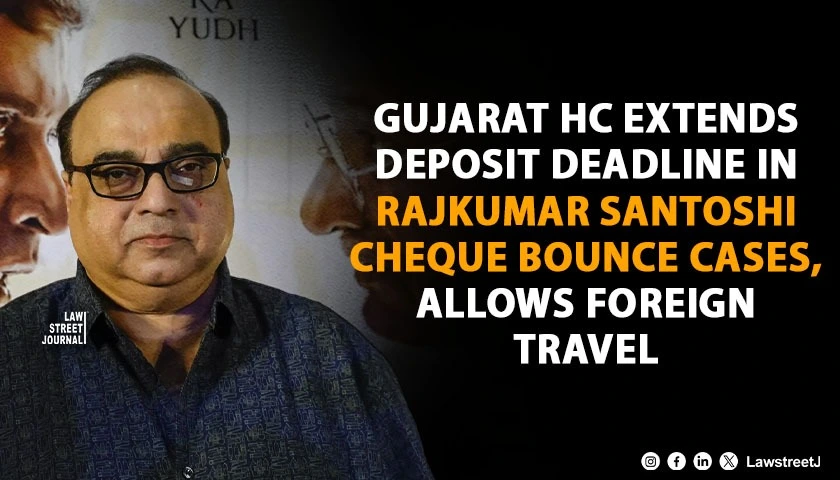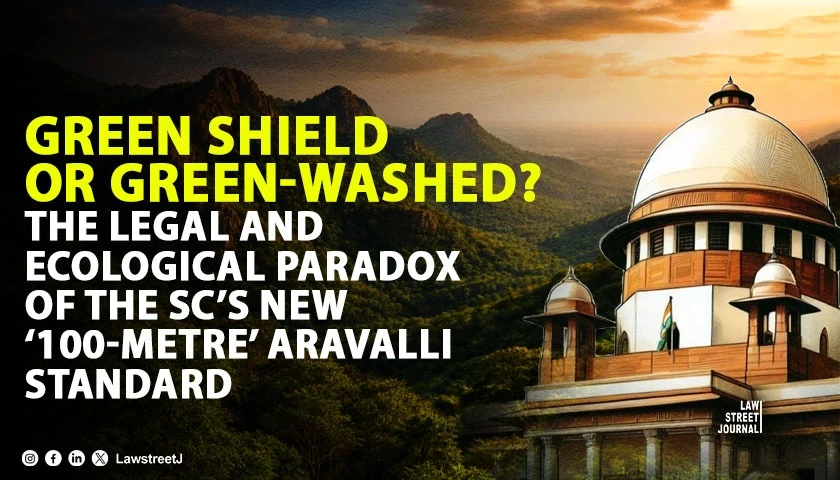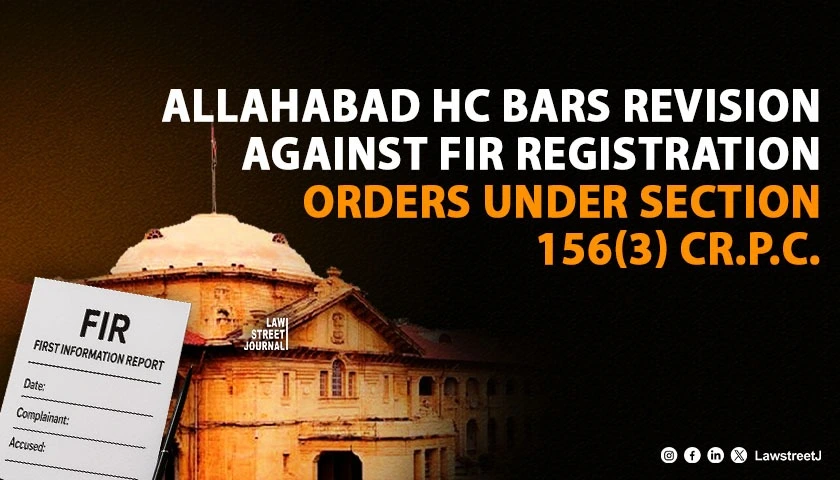In a recent viral video, a Delhi Police officer was seen harassing a reporter for asking questions regarding illegal religious constructions (buildings) to the custodian of the building. This building is a Mazar built on the top of a flyover. There are several such buildings in India which are built on public spaces. In this article, we will learn how a Mazar reached on the top of a flyover. Surprisingly, in the viral video, the Maulvi of the Mazar claimed that the Mazar was built on the flyover long ago in 1982, however according to the PWD Dept, the flyover itself was constructed in 2010, which clearly renders the claim of the Maulvi false and frivolous.
Illegal Religious Construction Removal
The Supreme Court in September 2009 gave a ruling to prohibit construction of illegal religious constructions in Public spaces. It also asked the State Governments to review any such existing structures and take appropriate steps.
In the viral video, the Maulvi of the Mazar claimed that the Mazar was built on 1982 and hence its a place of worship for a long time. SHO Bhardwaj also said that the Religious Committee has been looking into it. But the Mazar is built on the Azadpur Flyover which finished construction in 2010 according to Public Works Department Delhi.
Supreme gave the order to ban construction of illegal religious constructions in public places in 2009. If the Mazar was built in 2010, after the flyover was made, is it then approved by the Religious Committee of Delhi and hence the Delhi Government. Can we say that Delhi Government allows such structures to be made in public spaces even if it hinders peoples freedom to move properly?
If not, then why hasnt the Delhi Government taken down the building yet. It has been 12 years since Supreme Courts order and the committee hasnt been able to review this site.
The Delhi High Court slammed the Religious Committee of Delhi in 2016 for not functioning properly and consequently delaying construction projects.
Central Waqf Council
Central Waqf Board is a central council set up in 1964 for management and development of Auqaf/waqf in India. Auqaf in Islam refers to assets or properties donated, purchased for religious purposes.
Central Waqf Board has powers to administer all property that falls under Waqf Board. There are State Waqf Boards which manage waqf properties of the state. The Waqf Board was created under Article 30 of the Indian Constitution to empower minorities in India.
Corruption & Land Encroachment
Waqf basically refers to a religious property. A property can be deemed waqf if it has been used for religious or charitable purposes for a long period of time. Once a property is deemed as Waqf it comes under the Waqf Board.
The Waqf Board has been accused of acquiring lands and public spaces by making them Waqfs. If someone creates a Mazar or a Mosque somewhere and it becomes a place for religious worship, then Waqf Board can declare that property as a waqf property.
As seen in the viral video, there was a Mazar built on the flyover and the Maulvi claimed that it had been there for generations. There are various such religious constructions in public spaces which then come under the Waqf Board.
Waqf Board has a tremendous amount of property. It has around 4 lakh registered properties and around 6 lakh acres of land according to a joint parliamentary committee report headed by K Rehman Khan in 2009.
The third largest ownership of land after the Indian Railways and the Defense department is that of the Waqf.
It is a question to ask ourselves. How did a minority welfare Board come to acquire so much of land?
What we learned?
As seen in the video, SHO Bhardwaj was quick to defend the Maulvi in questioning regarding the Mazar but harassed the reported who sought truth. Why did the SHO have to harass a Media reporter when he was doing his job?
Who benefits from this? Why is there a Mazar on a flyover? Why is a Minority Welfare development Board in control of so much property?
The answer would be that there is allegedly a big nexus behind encroachment of properties which involves bureaucrats, politicians, and the Waqf Board.








